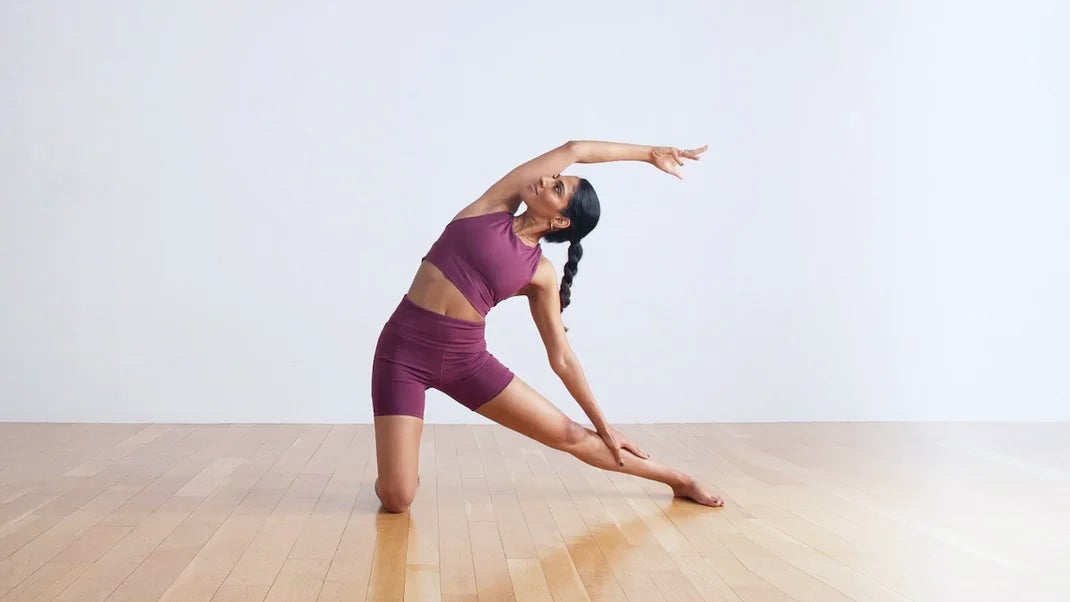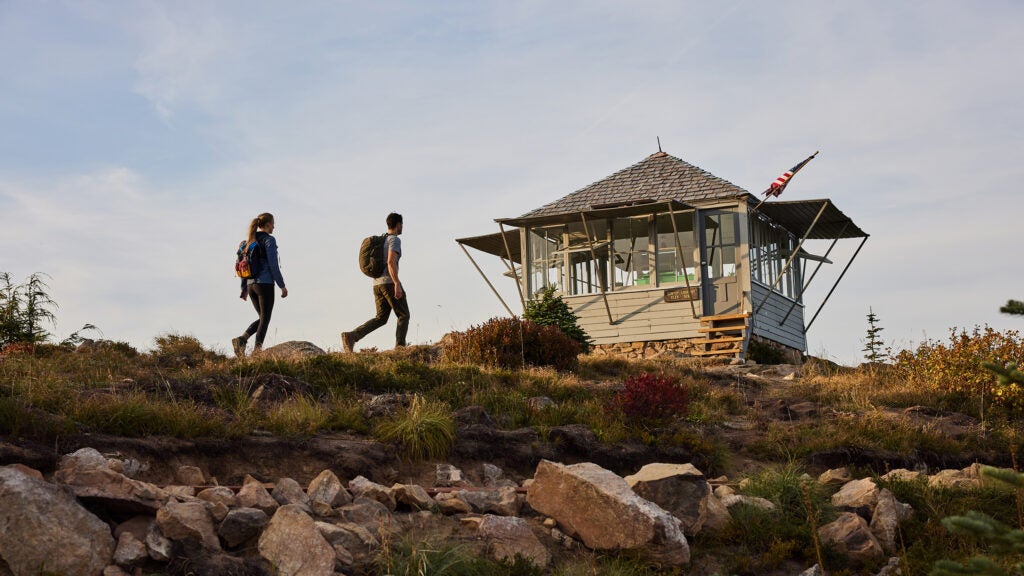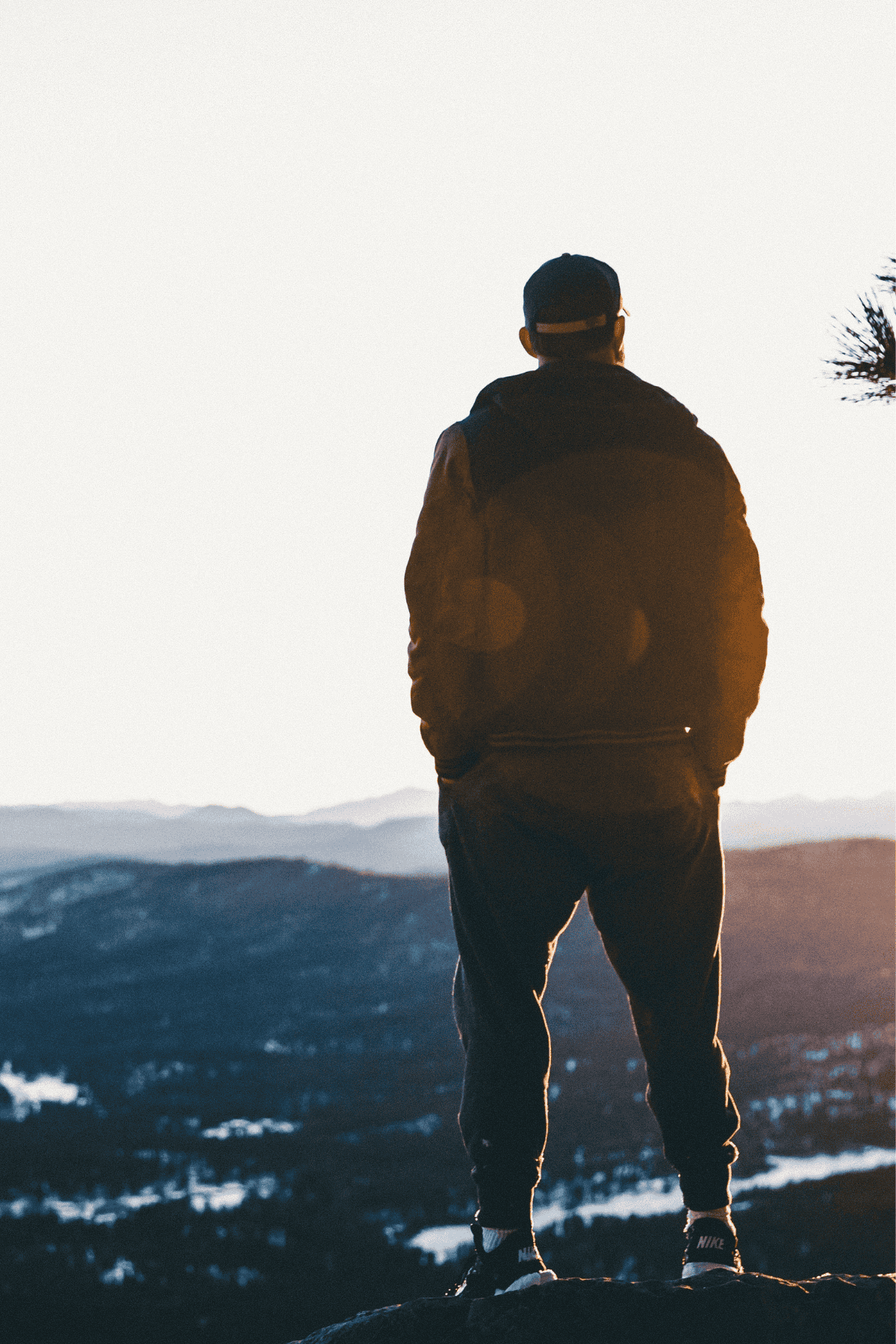Table of Contents
- Introduction to Gate Pose
- The Basics
- Pose Benefits
- Step-by-Step Instructions
- Explore the Pose
- Variations
- Preparatory and Counter Poses
- Your Body In Gate Pose | Anatomy
- Put Gate Pose Into Practice
Section divider
Parigha means “gate” in Sanskrit and specifically refers to the crossbar that helps keep the gate closed. It’s easy to understand the name of the pose given that it looks like a gate and you feel like you’re opening and closing as you move through it. As your bent leg grounds you, your extended arms, side body, and straight leg stretch, making the asana grounding and freeing at the same time. As you change sides, both knees come down, like closing the gate, before you open the opposite side.
Parighasana, quite simply, feels good. The side body is often ignored in everyday life—even in yoga class. This stretch isolates that part of the body and allows you to linger in it. You can prepare for it by standing in Tadasana (Mountain Pose), reaching your hands overhead, and clasping one hand around the other wrist and leaning deeply to one direction and then the other.
Section divider
Gate Pose basics
Sanskrit: Parighasana (par-ee-GAHS-ah-nah)
parigha = gate, crossbar
asana = pose
Pose type: Side bend
Targets: Lower body
Section divider
Benefits
Gate Pose improves posture and counteracts the effects of sitting for extended periods of time. It also lengthens your side body from your armpit to your hips, including the obliques, the muscles along the spine, and the difficult-to-stretch intercostal muscles of the side body, which connect to the ribs and can become tight from poor posture. When these muscles are elongated, the rib cage’s movement is less restricted and therefore breathing is improved. It also stretches large back muscles, including the latissimus dorsi, and the muscles alongside your spine, including the erector spinae.
On the extended knee side, it stretches the back of your thighs (hamstrings), the groins, inner thighs (adductors), calf muscles, ankle, and foot. Your quadriceps and front of your hips (hip flexors) are strengthened.
On the bent knee side, the pose mostly stretches your outer hips (abductors) and stretches and strengthens the front of your hips (hip flexors) and thigh (quadriceps) as you stabilize yourself.
Section divider
Step-by-step instructions:
- Begin kneeling with your knees and feet hip distance apart. Bring your hands to your hips.
- Press down with all 10 toenails. Keep your pelvis in neutral position, neither tilting forward nor back, as you take your left leg straight out to the side in line with your right knee. Exernally rotate from deep in your left hip socket and press the outer edge of your left foot and your left big toe mound into the floor. Keep your right hip directly over your knee.
- Inhale and take your right arm out to the side, externally rotating so that your palm faces the ceiling.
- Exhale and lean toward your straight leg, letting your left hand slide down your left leg as much as is comfortable. Do not force the stretch.
- Turn your head to gaze under your lifted right arm.
- Gently rotate your chest toward the ceiling. Be sure to keep your top shoulder blade back to avoid rounding the spine forward.
- Use your inhalations to lengthen your spine and deepen into the side body stretch.
- To release the pose, slowly stack your shoulders on top of your hips, come back to both knees, and rest on your heels. Repeat on the other side.
Section divider
Explore the pose
Beginners’ tips
- If you experience knee tenderness, slide a folded blanket or double your mat beneath you. If you have a knee injury or experience discomfort when kneeling, skip the pose or practice it sitting on a chair by stretching one leg out to the side and keeping the other knee bent (see Variations below).
Teaching Parighasana
Section divider
Gate Pose variations
Photo: Andrew Clark; Clothing: Calia
Gate Pose with a blanket
Place a folded blanket under your bent knee for padding.
Photo: Andrew Clark; Clothing: Calia
Gate Pose against a wall
Practice Gate Pose with a wall behind you to support your back body for more stability. Angle the shin and foot of your bent leg in toward your straight leg to create space for your back to be near or against the wall.
Photo: Andrew Clark; Clothing: Calia
Gate Pose in a chair
Begin seated in a chair. Extend your left leg out to the side and straighten it as much as is comfortable. Bend your right knee and bring the bottom of your right foot near your inner left thigh. Place your left hand on your left thigh for support, and extend your right arm overhead as you begin to lean toward the straight leg.
Section divider
Preparatory and Counter Poses
Section divider
Section divider












